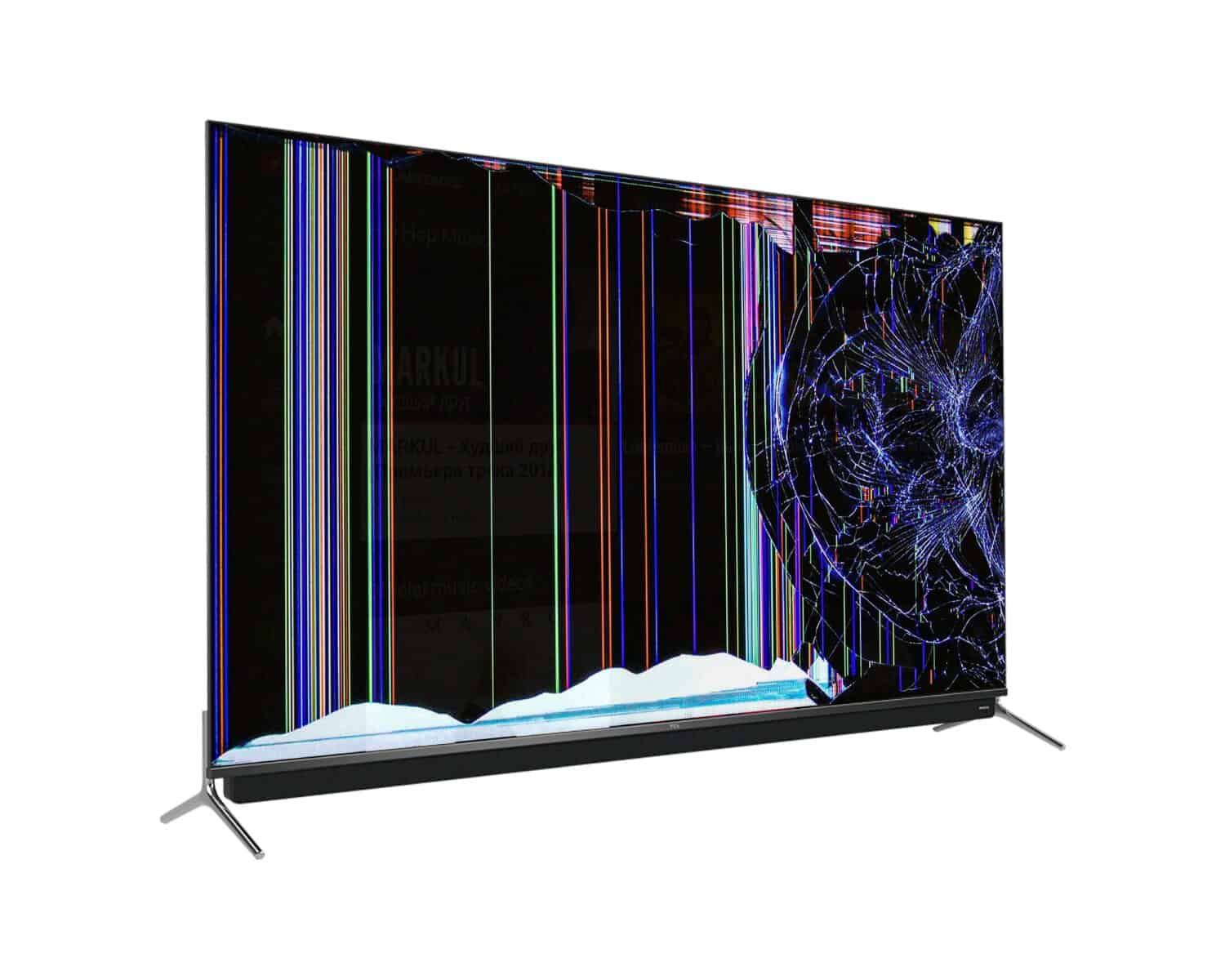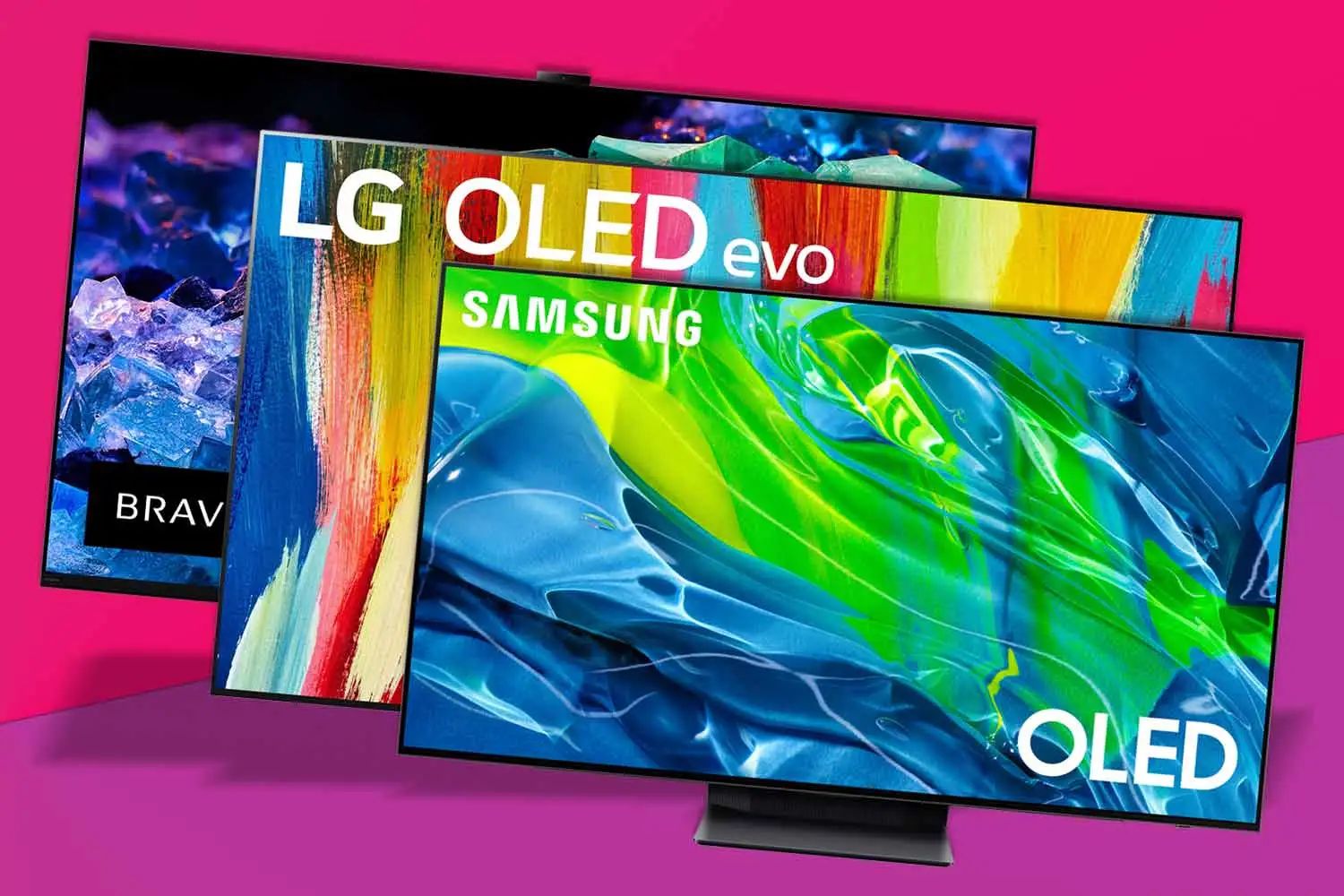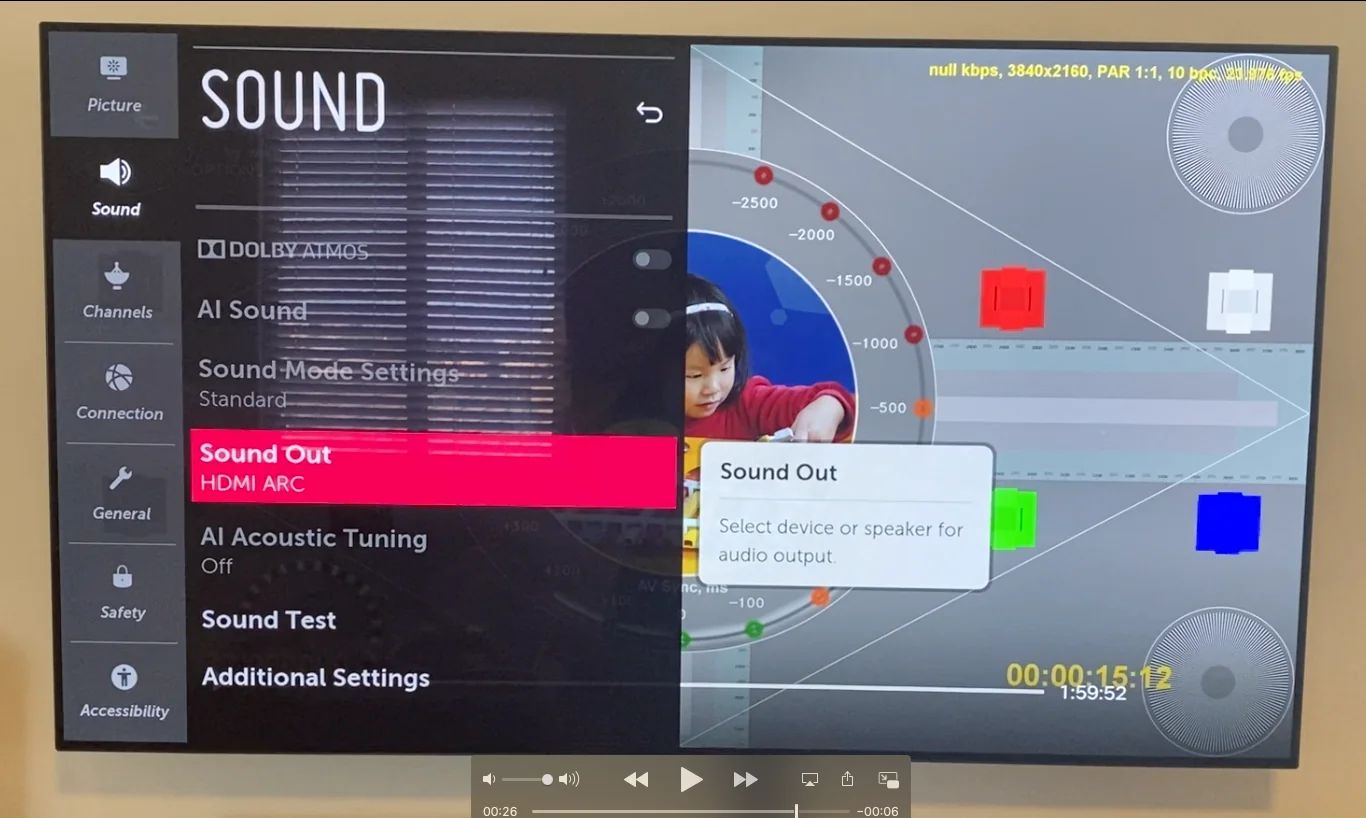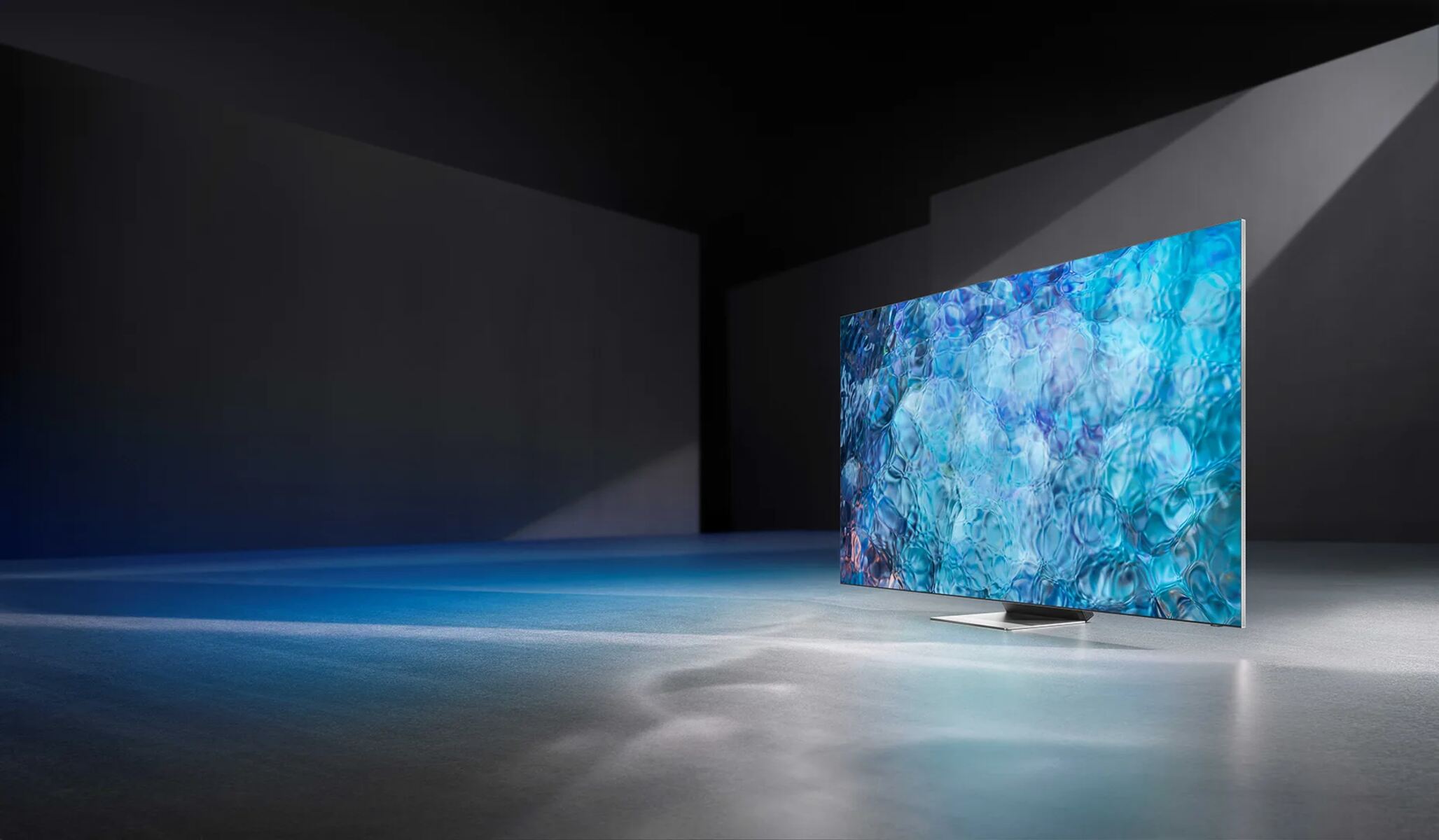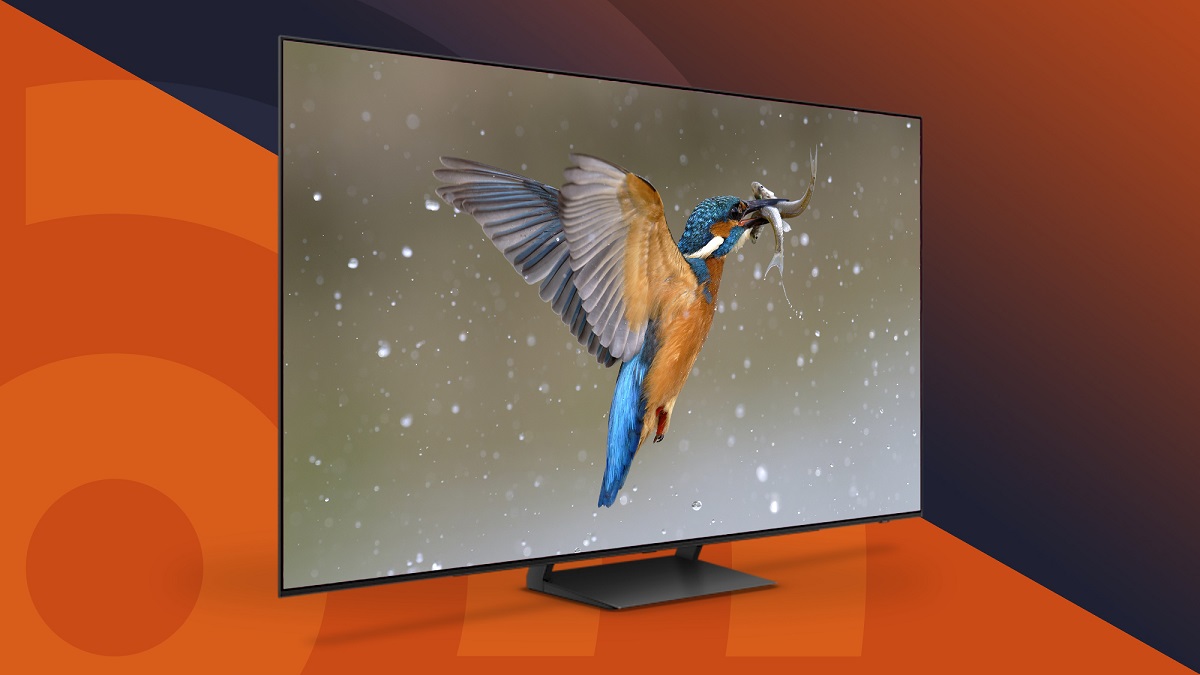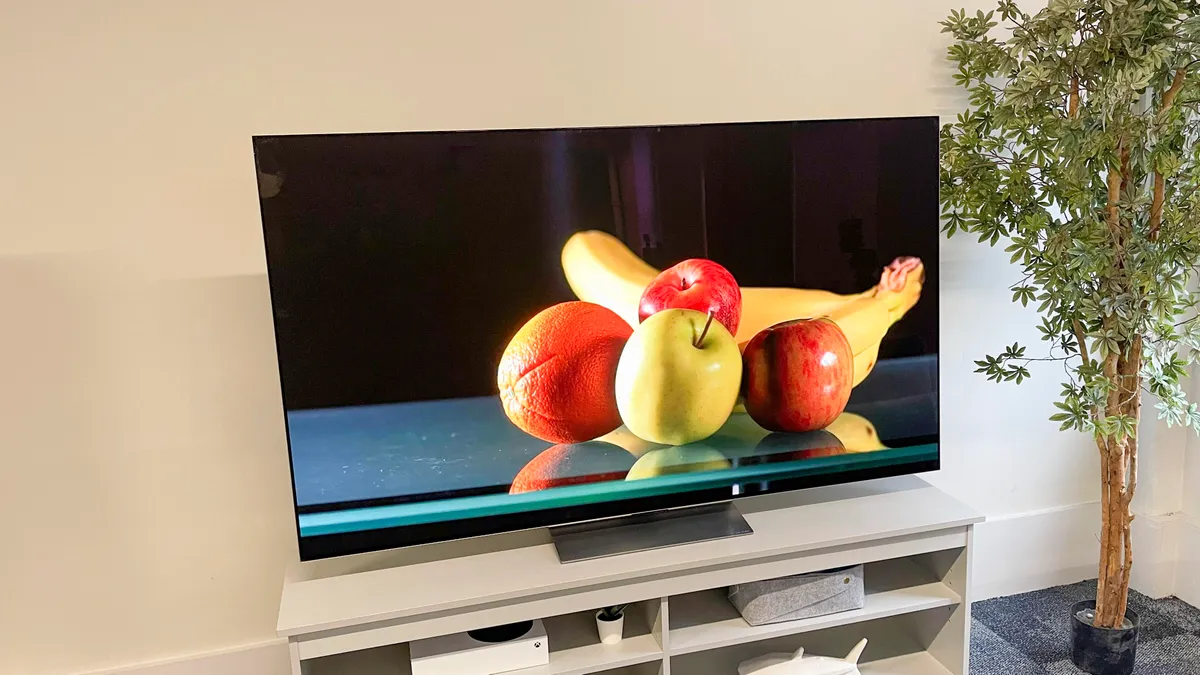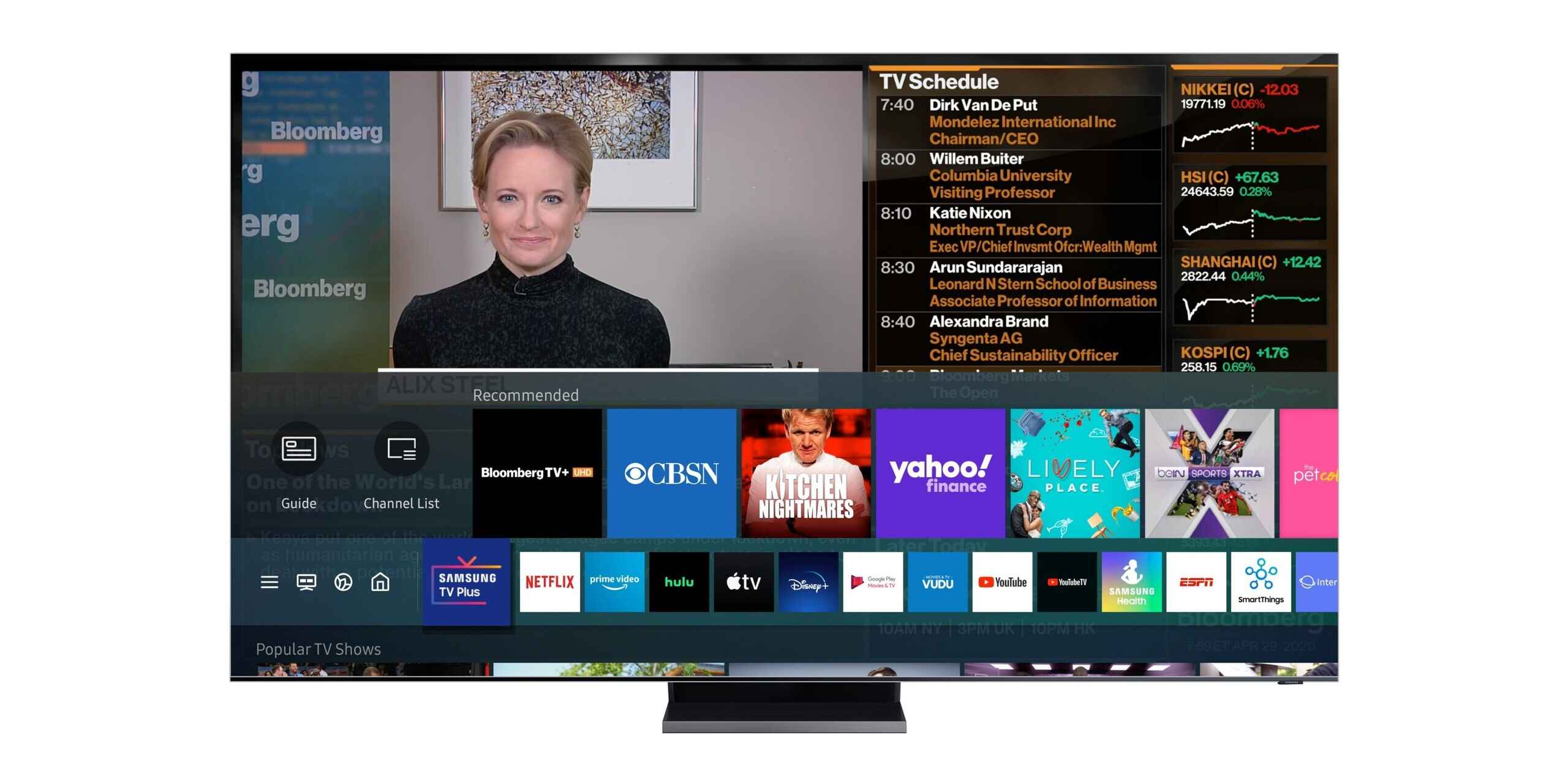Introduction
OLED (Organic Light Emitting Diode) TVs have become increasingly popular in recent years due to their impressive picture quality and slim design. They offer deep blacks, vibrant colors, and excellent contrast, making them a top choice for many tech enthusiasts and home theater enthusiasts. However, before you rush to buy an OLED TV, it’s important to consider the potential downsides that come with this technology.
OLED TVs have gained a reputation for their exceptional visual performance, but they also have some notable drawbacks that may not make them the ideal choice for everyone. In this article, we will explore why you might want to think twice before purchasing an OLED TV.
While OLED TVs undoubtedly offer stunning picture quality, they are not without their flaws. From concerns about burn-in, limited lifespan, and the risk of screen damage, to issues with brightness and color accuracy in well-lit rooms, there are several factors to consider before investing in an OLED TV. Additionally, the high price tag and limited size options may also be a deterrent for potential buyers.
Despite the growing popularity of OLED TVs, it is essential to thoroughly evaluate their pros and cons to determine if they align with your specific needs and preferences. Let’s delve into the potential downsides of OLED TVs and explore why they may not be the best choice for everyone.
OLED Burn-in
One of the most significant concerns with OLED TVs is the issue of burn-in. Burn-in occurs when static images are displayed on the screen for extended periods, leading to permanent image retention. This means that if you consistently watch content with static elements like channel logos, video game HUDs, or news tickers, those elements may become permanently visible even when you switch to a different program.
This problem is more prevalent in OLEDs because each pixel emits its own light, and if certain pixels are used more frequently than others, they can deteriorate at different rates, resulting in noticeable burn-in. While manufacturers have implemented technologies to mitigate burn-in, the risk remains for prolonged exposure to static content.
For individuals who enjoy gaming or watch news channels that display static logos, burn-in can be a significant issue. The fear of burn-in may restrict users from enjoying their favorite games or channels, as they are constantly worried about damaging their expensive OLED TVs.
It’s important to note that not all types of content are equally prone to burn-in. Normal video playback or varied content, like movies or streaming services, generally don’t pose a significant risk of burn-in. However, if you frequently engage in activities that involve static images, it may be wise to think twice about investing in an OLED TV.
To mitigate the risk of burn-in, manufacturers have implemented various measures, such as pixel shifting and screen savers that kick in after a certain period of inactivity. Additionally, newer OLED models often include features like pixel refresher cycles that run when the TV is turned off to help prevent permanent burn-in. While these measures can help reduce the risk, they do not eliminate it entirely.
Ultimately, the potential for burn-in is a crucial factor to consider when deciding whether an OLED TV is the right choice for you. If your usage patterns involve extended periods of static image display, it may be worth considering alternative TV technologies that are less susceptible to burn-in, such as LCD or QLED.
Limited Lifespan
While OLED TVs offer stunning picture quality, it’s important to consider their limited lifespan compared to other display technologies. Each OLED pixel emits its own light, and over time, these organic materials can degrade, resulting in a gradual decrease in picture quality.
The lifespan of OLED TVs is typically measured in hours of usage rather than years. Most manufacturers estimate the lifespan to be around 100,000 hours, which roughly translates to 10 years of usage if the TV is used for an average of 8 hours per day. While this may seem like a long time, it’s important to note that heavy usage or leaving the TV on for extended periods can significantly decrease its lifespan.
Furthermore, as OLED panels age, they may experience issues such as color shift, image retention, or even pixel failure. These issues can gradually become more noticeable over time, affecting the overall viewing experience. While most OLED TVs come with warranties that cover a certain number of years, it’s essential to consider the long-term durability and potential decline in picture quality.
For individuals who upgrade their TVs frequently or do not plan on using them for extended periods, the limited lifespan of OLED TVs may not be a significant concern. However, if you’re looking for a long-term investment or expect to use your TV extensively, it may be worth considering other display technologies, such as LCD or LED, which typically offer a longer lifespan and more endurance.
It’s important to note that the durability of OLED TVs has improved over the years, and manufacturers continue to innovate to extend their lifespan. However, it remains a factor to consider for those seeking a TV that can withstand many years of usage without compromising on picture quality.
Risk of Screen Damage
Another drawback of OLED TVs is the increased risk of screen damage compared to other display technologies like LCD or LED. The delicate nature of OLED panels makes them more susceptible to various types of damage, including scratches, cracks, and pressure marks.
Unlike LCD or LED TVs, OLED panels do not have a backlight. Instead, each OLED pixel emits its own light, and the panel itself is much thinner. While this design allows for a slimmer profile and better picture quality, it also makes OLED screens more fragile. Accidental impacts or pressure applied to the screen can result in irreversible damage.
The risk of screen damage is particularly concerning for households with young children or pets who may accidentally bump into the TV or scratch the screen surface. Additionally, transporting or mounting an OLED TV requires extra caution to avoid any mishaps that could lead to screen damage.
To mitigate the risk, some manufacturers provide installation guidelines and recommend using protective measures such as screen protectors or secure TV mounts. While these precautions can help safeguard the TV to some extent, they do not completely eliminate the risk of screen damage.
Furthermore, the cost of repairing or replacing an OLED screen can be significantly higher compared to LCD or LED screens. Due to the specialized manufacturing process and limited supply of OLED panels, the repair or replacement costs can put a dent in your wallet.
It’s important to weigh the risk of screen damage against the benefits of the OLED technology. If you live in a household prone to accidents or have concerns about the fragility of your TV, it may be worth considering a more robust display technology like LCD or LED, which can offer better durability and peace of mind.
While OLED TVs provide outstanding picture quality, it’s important to evaluate the potential risk of screen damage and consider your specific circumstances and requirements before making a purchase decision.
Poor Brightness and Color Accuracy in Well-lit Rooms
While OLED TVs excel in dark room environments, they can struggle to maintain optimal brightness and color accuracy in well-lit rooms. This is primarily due to their organic nature and the fact that each pixel emits its own light.
OLED panels have a limited brightness capability compared to other display technologies like LCD or LED. When placed in bright rooms or exposed to direct sunlight, the overall brightness of an OLED TV may not be sufficient to overcome the ambient light, resulting in a somewhat dimmer viewing experience. This can lead to a loss of detail in bright scenes and a less vivid and vibrant overall image.
In addition to brightness limitations, the color accuracy of OLED TVs can also be impacted in well-lit environments. The organic compounds used in OLED pixels can react differently to light, causing variations in color representation. This can result in less accurate and less vibrant colors, particularly in bright lighting conditions.
While manufacturers have made efforts to improve the brightness levels and color accuracy of OLED panels, they still may not match the performance of LCD or LED screens in well-lit rooms. If you prefer watching content in brightly lit spaces, such as a living room with large windows or a well-lit open-plan area, you may find that an OLED TV does not provide the optimal viewing experience.
One possible workaround is to adjust the room lighting or use curtains or blinds to reduce the amount of ambient light that reaches the TV screen. However, this solution may not always be practical or desired, especially if you prefer to have well-lit spaces or enjoy watching TV during the day.
Ultimately, if you frequently watch content in well-lit rooms and prioritize optimal brightness and color accuracy, you may want to consider alternative display technologies like LCD or LED, which often perform better in such environments.
It’s crucial to assess your viewing habits and the lighting conditions in which you primarily watch TV before making a decision. Understanding the limitations of OLED TVs in well-lit rooms can help you make an informed choice that aligns with your specific requirements.
Expensive Price Tag
One of the significant considerations when it comes to OLED TVs is their expensive price tag. OLED technology is still relatively new and has higher production costs compared to other display technologies like LCD or LED. As a result, OLED TVs tend to be priced at a premium.
The cost of an OLED TV can be substantially higher than that of a comparable LED or LCD TV of the same size. This price difference can be quite significant, making OLED TVs less accessible for consumers on a budget or those who prioritize affordability.
The higher price of OLED TVs is largely due to the intricate manufacturing process and the use of organic materials in the display panel. OLED screens require precise layering of organic compounds and deposition of multiple thin films, which adds to the complexity and cost of production.
Additionally, OLED panels are produced by a limited number of manufacturers, resulting in a relatively smaller supply compared to LCD or LED panels. The limited availability further contributes to the higher price tag of OLED TVs.
While OLED TVs undoubtedly offer remarkable picture quality and sleek designs, not everyone may be willing or able to invest in such a high-priced television. It’s essential to consider your budget and compare the performance and features of OLED TVs with more affordable alternatives.
It’s worth noting that the price of OLED TVs has been gradually decreasing as the technology becomes more widespread and competition in the market increases. However, even with the declining prices, OLED TVs still remain in the higher price bracket compared to other display technologies.
If budget is a concern for you, it may be worth exploring other display technologies like LCD or LED, which often offer a more affordable option without compromising too much on picture quality and overall performance. These alternative technologies have been around for a longer time and have seen significant advancements, resulting in more competitive pricing.
Ultimately, it’s essential to assess your budget and priorities when deciding whether an OLED TV’s premium price is justified for your specific needs and viewing preferences.
Limited Size Options
While OLED technology has been widely adopted in the TV market, one limitation to consider is the availability of limited size options compared to other display technologies such as LCD or LED.
OLED panels are more complex and expensive to manufacture compared to traditional LCD panels. As a result, manufacturers have focused on producing OLED TVs in larger sizes, typically ranging from 55 inches to 88 inches or even larger. While these larger sizes are ideal for immersive viewing experiences, they may not be suitable for all consumers.
If you have a smaller living space or a specific requirement for a smaller TV size, you may find the options for OLED TVs limited. Smaller OLED TVs, below 55 inches, are less commonly available, and when they are, they often come with a higher price tag compared to their LCD or LED counterparts of the same size.
Furthermore, the limited size options of OLED TVs may restrict your choices when it comes to finding a TV that perfectly fits your space and meets your specific needs. It’s essential to consider the dimensions of the area where you plan to install the TV and ensure that the available OLED size options align with your requirements.
However, it’s worth noting that as OLED technology continues to evolve and gain popularity, manufacturers may expand their range of size options in the future. This means that there may be more choices available in smaller sizes as the technology matures and becomes more accessible.
If you prioritize having a wide range of size options or require a smaller TV for a specific space, it may be worth exploring LCD or LED TVs, which generally offer a broader range of sizes to cater to diverse consumer needs. LCD and LED TVs have been in the market for a longer time and are available in a wide variety of sizes, ensuring there is something suitable for almost every space and requirement.
Ultimately, assessing your space limitations and considering the available size options is crucial when deciding between an OLED TV and other display technologies.
Limited Availability in Entry-level Price Range
One of the challenges with OLED TVs is their limited availability in the entry-level price range. OLED technology is still considered a premium display option with higher production costs, which translates to higher price tags for the TVs. As a result, finding an affordable OLED TV in the entry-level price range can be quite challenging.
The manufacturing process and the use of organic materials in OLED panels contribute to the higher production costs and, subsequently, the higher retail prices. This means that OLED TVs are primarily positioned as high-end or flagship models, targeting consumers who are willing to invest in top-of-the-line technology and are less concerned about budgetary constraints.
While the prices of OLED TVs have been gradually decreasing over the years due to advancements in manufacturing and increased competition, they still tend to be significantly more expensive compared to entry-level LCD or LED TVs. This price difference can make it difficult for consumers on a tight budget or looking for more affordable options to access the benefits of OLED technology.
Entry-level price range TVs are often targeted at consumers who prioritize affordability and may not be willing to spend a premium for advanced features or picture quality. As a result, OLED TVs are less commonly found in this price range, limiting the availability of this technology to a segment of the market that may prefer a more budget-friendly option.
It’s worth noting that as OLED technology continues to mature and demand grows, manufacturers may introduce more affordable models and increase the availability of OLED TVs in the entry-level price range. However, it may still take some time for OLED TVs to be readily accessible and affordable for a broader range of consumers.
If budget is a significant factor for you and you are unable or unwilling to invest in a high-end TV, it may be more practical to consider LCD or LED TVs in the entry-level price range. These technologies have been in the market for a longer time, have a wider range of options, and are generally more affordable, allowing you to find a suitable TV within your budget.
Ultimately, understanding the limited availability of OLED TVs in the entry-level price range is important when considering your budgetary constraints and the features and performance you require from a TV.
Conclusion
While OLED TVs undoubtedly offer impressive picture quality and sleek designs, they are not without their drawbacks. Considering the potential downsides can help you make an informed decision about whether an OLED TV is the right choice for your needs and preferences.
OLED burn-in, limited lifespan, and the risk of screen damage are concerns that can impact the overall longevity and viewing experience of OLED TVs. Additionally, the limitations in brightness and color accuracy in well-lit rooms, the expensive price tag, limited size options, and limited availability in the entry-level price range are factors that may influence your decision.
It’s important to weigh the pros and cons of OLED technology against your specific requirements and budget. If you prioritize deep blacks, vibrant colors, and excellent contrast, and have a controlled viewing environment, an OLED TV can provide a remarkable visual experience. However, if factors like budget, room lighting, or concern about burn-in and screen damage are important to you, alternative display technologies like LCD or LED TVs may be more suitable.
As technology evolves, it’s possible that some of the concerns associated with OLED TVs may be addressed or mitigated in future generations. It’s worth keeping an eye on developments and future releases of OLED TVs if you find the technology appealing but have reservations about the current limitations.
Ultimately, understanding the potential drawbacks of OLED TVs allows you to make a well-informed decision that aligns with your specific needs, preferences, and budget. Consider evaluating your viewing habits, space limitations, and the trade-offs you are willing to make to ensure that you choose a TV that provides the best overall experience for you.







